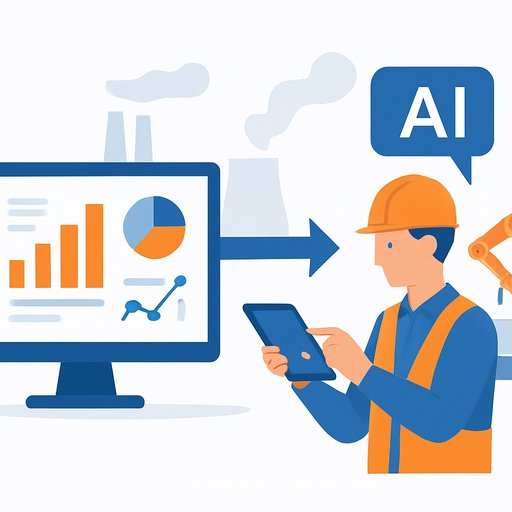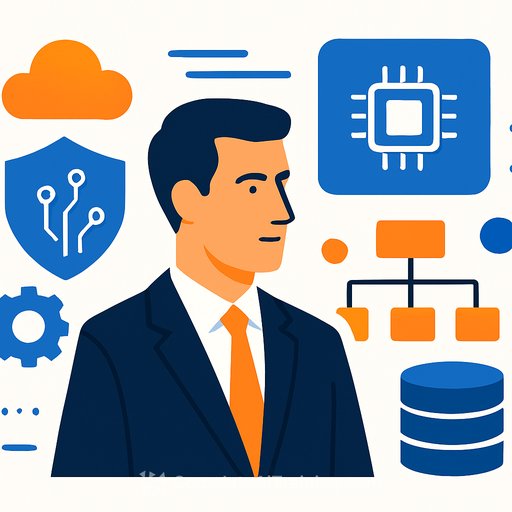Kmart Group's careful use of AI in finance: invoice automation first, ERP modernization underneath
Kmart Group is taking a practical path with AI in corporate finance. The initial focus: getting vendor invoices paid faster and with fewer touchpoints across roughly 450 stores.
Enterprise technology GM Craig Lanigan said the business sees clear opportunities to remove cost and streamline finance. The priority right now is governance and frameworks-then expanding AI once the guardrails are in place.
From mailbags to in-store scanning
Invoices used to travel via internal mail from stores to head office, with plenty of stamping and handwritten notes along the way. That's been replaced by in-store scanning and document recognition.
The system extracts key details from each invoice, then the office team codes and approves. Less shuffling. Faster processing. Better auditability.
One finance backbone after a merger
Kmart Group-covering both Kmart and Target-merged back-end operations following their 2023 consolidation to drive efficiency. Target was already on SAP S/4HANA via HEC, while Kmart ran ECC 6.0 hosted on AWS.
The team chose RISE with SAP to unify ERPs and met an aggressive nine-month implementation window. That decision traded bespoke complexity for speed and delivery certainty, which proved out in practice.
RISE with SAP and SAP S/4HANA now underpin finance across the group, running on AWS.
Change management that actually stuck
Long-time ECC users at Kmart were understandably comfortable with the old system. What helped was Target's lived experience on S/4HANA-those users had a smoother daily workflow and became strong internal advocates.
The result: faster execution for finance teams, better usability, and easier access to insights. Productivity and job satisfaction improved, not just the tech stack.
Upgrades in months, not years
Upgrades that once took ~12 months are now planned at around three months end-to-end, with automated testing doing much of the heavy lifting. Staying current is simpler, support is cleaner, and the cost to upgrade has dropped.
For IT and application support, that shift reduces toil and keeps the platform stable without prolonged projects.
What finance and operations leaders can apply now
- Start with high-friction workflows. Invoice intake and coding are ideal for AI-assisted OCR and rules-based routing.
- Put governance first. Define controls, audit trails, and exception handling before deeper AI use in core finance.
- Unify your ERP if you can. Standardization speeds change and simplifies integrations across brands or business units.
- Shorten upgrade cycles. Lean on automated testing to keep current and cut upgrade costs.
- Use internal champions. Early adopters with real wins can shift sentiment faster than any training deck.
Want to upskill your team for practical AI in finance?
Explore curated tools and training built for finance workflows: Top AI tools for finance.
Your membership also unlocks:









